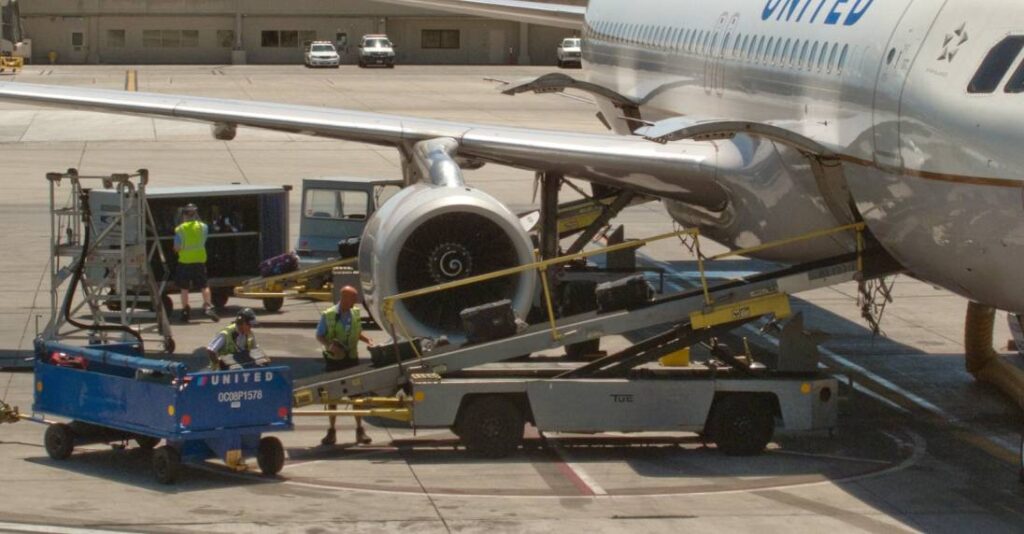Air cargo services play a vital role in global trade, enabling fast and efficient transportation of goods across countries. From importing from China to Pakistan to other international trade routes, air cargo is essential for timely delivery and business success. However, handling air cargo involves various risks that make safety measures critical. Without proper protocols, accidents, cargo damage, delays, and compliance problems can occur, impacting both businesses and people.
Importance of Safety in Air Cargo Services
Safety is fundamental in air cargo services because it protects lives, including crew members, ground staff, and passengers. It also prevents damage to valuable cargo, reducing financial losses that occur due to mishandling. Moreover, safety ensures compliance with international regulations set by bodies like IATA (International Air Transport Association), ICAO (International Civil Aviation Organization), and FAA (Federal Aviation Administration). Maintaining high safety standards helps build trust with clients and strengthens partnerships with logistics companies and Pakistan cargo services providers.
Common Safety Risks in Air Cargo Handling
Air cargo faces several safety risks. These include mishandling hazardous materials, which can lead to dangerous incidents. Improper packaging or labeling increases the chance of damage or confusion, while overloading or uneven weight distribution can threaten aircraft stability. Security threats such as theft, smuggling, or terrorism are always concerns. Additionally, weather-related risks like turbulence can affect safe cargo transport, requiring extra caution.
Basic Safety Measures in Air Cargo Services
Proper Packaging and Labeling
Using sturdy packaging materials protects cargo during loading, unloading, and transport. Clear labels for fragile, hazardous, or perishable goods are essential. Following international cargo labeling standards ensures handlers know how to safely manage each package.
Cargo Screening and Security Checks
Advanced scanning technologies help detect prohibited or dangerous items before loading. Strict security protocols prevent smuggling and explosive threats. Verification of cargo documentation guarantees that only authorized and safe goods are transported.
Handling of Dangerous Goods
Hazardous materials are classified carefully to understand their risks. Staff handling these goods receive specialized training to manage them properly. Compliance with IATA Dangerous Goods Regulations (DGR) is mandatory to ensure safety.
Weight and Balance Control
Monitoring cargo weight avoids aircraft overloading. Proper weight distribution keeps the plane stable during flight. Cargo load planning systems assist in managing these controls efficiently.
Training and Awareness Programs
Providing safety training to ground handling staff and cargo loaders equips them to follow best practices. Regular refresher courses and safety drills maintain high awareness. Training also includes emergency protocols to prepare for unexpected events.
Fire Prevention and Emergency Preparedness
Using fire-resistant containers and packaging limits fire risks. Onboard fire detection and suppression systems help control any incidents immediately. Clear emergency evacuation and response plans ensure staff and cargo safety in dangerous situations.
Role of Technology in Enhancing Cargo Safety
Modern air cargo services use automated tracking systems to monitor cargo in real-time. IoT sensors protect temperature-sensitive goods by providing constant data. Artificial intelligence supports risk detection and better load management, improving overall safety.
Regulatory Compliance in Air Cargo Safety
International regulatory bodies such as IATA, ICAO, FAA, and TSA set safety standards for air cargo. Following their standard operating procedures and undergoing mandatory audits is crucial. Proper documentation and certifications prove compliance and help avoid legal issues.
Best Practices for Air Cargo Companies
Successful air cargo companies create a safety-first culture. Continuous monitoring and reporting improve safety performance regularly. Working closely with clients helps in preparing cargo safely. Investing in ongoing staff training, technology upgrades, and infrastructure strengthens safety further.
Conclusion
Safety measures are essential in air cargo services to protect lives, cargo, and business interests. Safety is a shared responsibility involving carriers, staff, clients, and regulators. As innovation and technology advance, air cargo safety will continue to improve, making shipping from China to Pakistan and other routes more secure and reliable.
For trusted cargo services and expertise in China to Pakistan shipping, including DDP shipping solutions, EB Logistics is a leading logistics company ready to assist your international import needs safely and efficiently.
